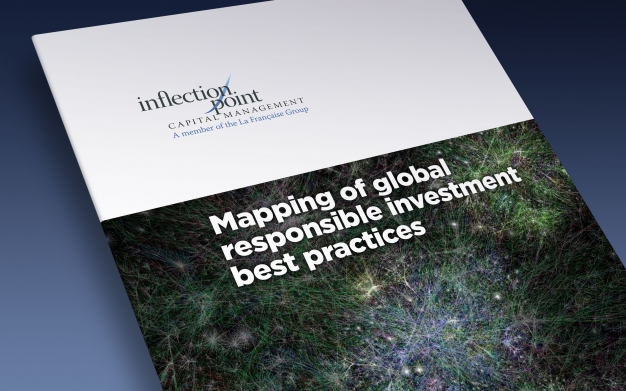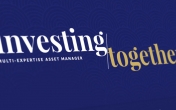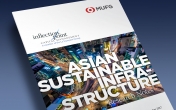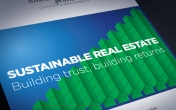IPCM maps RI best practice for Norway’s SWF
We asked 15 of the world's leading asset owners how they integrate RI as an essential element in successful, long-term investment. The results are gathered into an IPCM report commissioned by the Norwegian Ministry of Finance as part of its four-yearly review of Norges Bank’s management of the Government Pension Fund Global.
Download a PDF copy of the report
Leading asset owners are making Responsible Investment (RI) an integral part of their management. Tasked with safeguarding and growing the savings of millions of citizens, workers and retirees, these institutions are implementing changes to embed ESG considerations in their decision-making and investment policy.
Our report identifies ten common “building blocks” that enhance an institution’s chances of hard wiring RI successfully into robust asset management operations that have a long-term and responsible outlook. These include:
1. Leadership from the top;
2. Recognition of long investment horizon;
3. Belief that RI brings net positive benefits;
4. Integration of RI into investment beliefs;
5. Strengthening risk management;
6. Total portfolio approach reflecting organization circumstances;
7. Building partnerships with peer investors;
8. Commitment to engagement;
9. Intermediary alignment; and
10. Commitment to continuous improvement and innovation.
Across the institutions interviewed, we have seen distinct trends worth noting.
Often, institutions regard new resources dedicated to RI as an investment in becoming a more effective manager, rather than a cost. Despite difficulties of quantifying RI’s impact on portfolio performance, institutions believe RI has strengthened the level of trust among their stakeholders as well as enhancing the organization’s reputation and international profile.
There was a strong consensus among institutions that a balanced RI programme should embrace both active and passive investment approaches. While active management is not an absolute prerequisite for an effective RI strategy, it is typically more narrowly focused and company-specific and does provide a greater opportunity to deploy the full range of RI tools than do passive approaches. Across both investment styles, RI exposes risk factors which may not be picked up by traditional financial analysis, yet could have a material bearing on portfolio performance.
There appears to be a decreasing emphasis on discrete, stand-alone sustainability-mandate portfolios in favour of an attempt to integrate ESG across the institutions’ entire investment platforms.
There was a broad consensus that engagement with portfolio companies should be tried as a first option to improve their ESG performance: once a company is divested, the investor loses any degree of potential influence to drive improvement.
RI experts interviewed believe that large asset owners should prioritise those RI issues that impact macro-economic growth such as sustainable financial systems, effective corporate governance, corruption, climate change, public health, public education, gender equality and
those other systemic issues that underpin or destroy healthy economic development.
Evidence from the policy, regulatory, investor and civil society spheres suggests that, although not yet mainstreamed and embedded across the whole global investment chain, more asset owners will make RI integral to what they do in coming years.
Latest news
-
5 April 2018
-
7 September 2017
-
23 June 2017
-
18 May 2017





